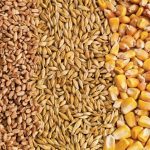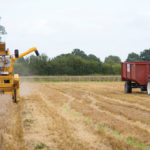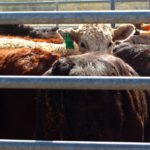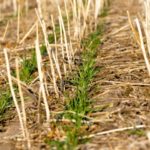
Tag Archives Agriculture

Harvest goes hands free
British researchers have put automation to test in the farm field

Organic Alliance says crop insurance needs an update on organic production
Organic growers argue that insurance excludes critical production practices, but change may come with some real logistical problems, according to MASC

Workshops pitch less stress for cattle and farmer
Talks and workshops cover the basics of low-stress cattle handling

Standing corn an option for extended beef grazing
An extended grazing season may be cheaper with standing corn, but there are a few dos and don’ts to keep in mind

MBP seeks producer data on predation losses
Beef operators are urged to fill out a survey and help assess the extent of the problem

USDA forecast puts soybeans in uncharted territory
Acreage is up but production down in the latest USDA monthly crop production report

Rising Chicago futures support Manitoba values
Availability of trucks may soon become a market issue

Winter wheat planting lags in U.S.
The big question is if it’s weather related or a sign of shifting grower intentions

Measuring tillage impact
There may be a middle path that gives the best results

Can organic no till work in the field?
Environmental benefit is part of organic market value, but organic weed management usually means tillage, commonly considered a black mark for soil health. Is there a middle ground?


